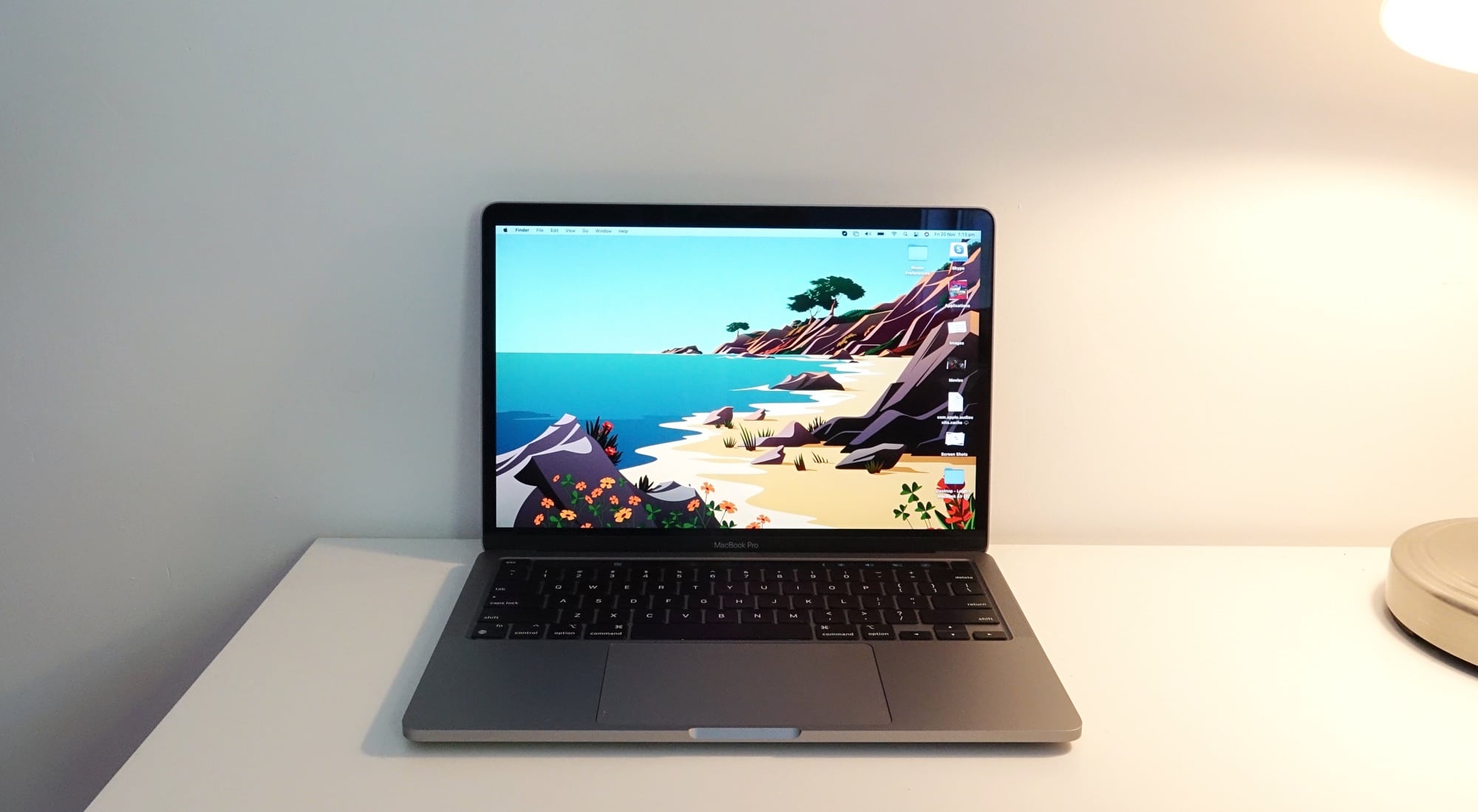We love ourselves some nerdiness as a means to explain something, and Apple’s way of explaining how security works across its devices might be nerdiness of the greatest magnitude.
Security is a big deal in our world, thanks in part to just how many people are keen to exploit it to make money. We don’t have to tell you how big the area of scams are, and you only need to take a glance at how much the Australian Competition and Consumer Commission’s “Scamwatch” initiative sees Australians losing every year to see just how important security is: hundreds of millions of dollars are lost to scammers each year.
It’s a big deal, and it’s one that is hard for tech companies to combat. Some take active stances, such as how Telstra recently engaged a technology to prevent thousands of scam call and text messages from hitting customers, while others do it from inside their own development cycles.
That’s roughly the approach Apple is talking about this week, as it details the importance of security in its system, which has been an important development over the past decade of hardware it has been working on.
Because Apple makes both the hardware and software for its platforms, it has the ability to “close the loop”, at least to a certain degree. It’s not a closed ecosystem, per se, and plenty of hardware and software companies make things for Apple’s phones, tablets, and computers, but Apple holds many of the cards preventing security holes from opening, and actively maintains programs to help holes be patched.
You might not realise it, but when you make the chips and chipsets for your devices, when you design all of this stuff in house, and then when you make the operating systems to go with it, you effectively control the system, and that means you can close the loop.
It’s a result that helps make over a billion iPhones some of the most secure devices in the world, something that Apple has intentionally engineered due to some solid and complex thinking over the years, including an app platform that allows its editors to check before approving the release of something.
There’s a similar approach on the Mac App Store, but of course being a computer, you can always install anything you want. That’s a little more difficult to police, but this week, Apple is revealing details on just how complex its approach to security is, from the processor to the software, and how the special security component of its phones and laptops and everything works.
And it couldn’t come at a better time. Already, there’s a report of one such security exploit targeting Apple’s Silicon, the M1 chip, something researcher Patrick Wardle showed on his blog. It’s not an immediate suggestion that the new Mac chips are being targeted as aggressively as say Windows typically is, but it’s a sign that exploits will now start to consider chips not made by Intel or AMD, which means Apple’s security arm needs to be kept on its toes.
That’s something Apple appears to be taking security, with something that is hardly light reading: the release of a guide to how Apple’s security works across its devices, updated for 2021.
It maybe be particularly prescient, given Apple’s new chips are talked about in the guide, and Apple is expected to release more computers with those this year, after the arrival of the M1 MacBook Air, M1 Mac Mini, and M1 MacBook Pro last year.
We’ve read it, and while it’s not likely to be reading for most, it’s actually the sort of thing that keen techs, nerds, and other folks that are curious about the level of security a phone, laptop, tablet, and more can handle when security is thought of as one of the more paramount inclusions in a piece of hardware.
In many instances, security needs to be that thing that sits underneath what you do, so it doesn’t impact your life in an obvious way. It’s still important to learn the tips, and there’s only so much a chip or operating system can do to prevent you from clicking on the wrong part of a phishing email and handing over your details to a scammer, but more exploitative security issues that can affect your hardware and potentially lock down your files in the hopes of you coughing up a ransom just for the access to have them back, well, that’s something a company can think about if they’ve closed the loop.
That is to say, if the hardware and software are both made from the one place, that one mind, it gives that company a really solid starting place in how to prevent that sort of attack from happening in the first place.
The nearly 200 page report talks about how the technology works in its devices, and even explains how similar Apple’s new computer chips are to its phones, not to mention how the security systems for Face ID and Touch ID keep your details secure and away from any other systems.
What’s more, the explanation of the security approach may also provide yet more of that push in the importance of paying attention to updates for your devices when they come out. With Apple investing so much in security, each passing update to your operating system delivers an extra security update of sorts, whether you’re aware of it or not, and that might be the very thing that prevents you from falling victim to an exploit that may have only just been discovered.








